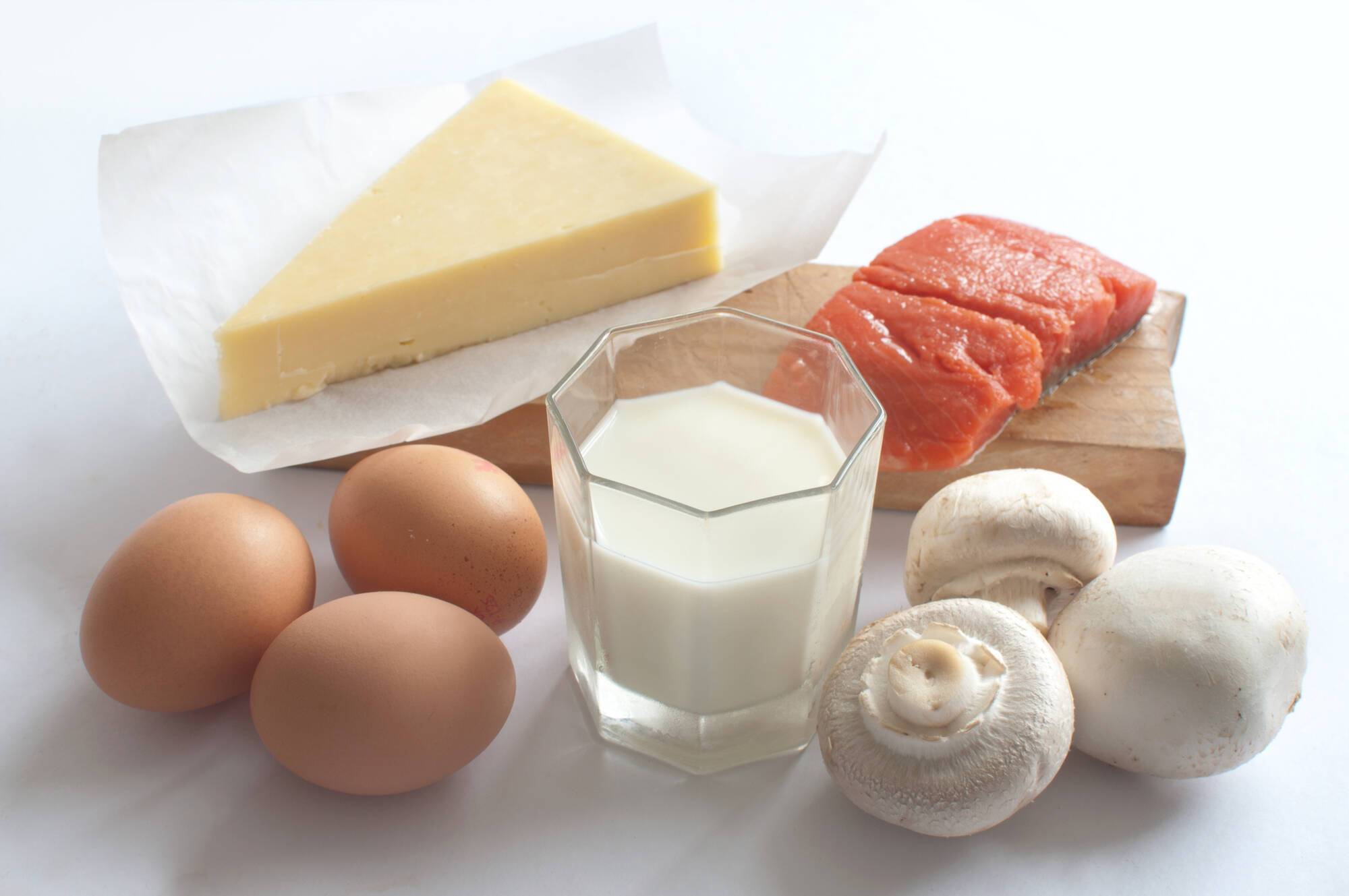LS Food
Vitamin D: the benefits and foods it contains
Vitamin D is present in few foods but can be synthesized in the skin under the influence of sunlight. Its deficiency leads to osteoporosis and impaired immune system functioning.
When reducing the time spent outdoors and using sunscreen, it is necessary to replenish the reserves of this vitamin through nutrition. The main sources include fatty fish (e.g., salmon), eggs, and dairy products, according to cure-naturali.it.
It is also found in some plant foods, especially mushrooms, which supply so-called vitamin D2 or ergocalciferol. Instead, animal products contain the same form that is synthesized in the skin through exposure to ultraviolet light – vitamin D3. It is considered more natural, stable, and effective, has a high ability to withstand changes in temperature and humidity, and is most often used in clinical trials.
How to avoid calcification?
Consuming adequate doses of vitamin D contributes to the proper functioning of the immune system. However, it is important to remember that excessive calcification is associated with the formation of calcium deposits in soft tissues.
To avoid this, you can give preference to supplements that contain not only vitamin D3 but also K2. Although it used to be said that these vitamins should be taken separately, current evidence suggests that their simultaneous use is more effective and also helps protect arterial health by reducing calcification. Vitamin K2 allows calcium to be transported to bones and teeth, helping to maximize the use of vitamin D3.




























